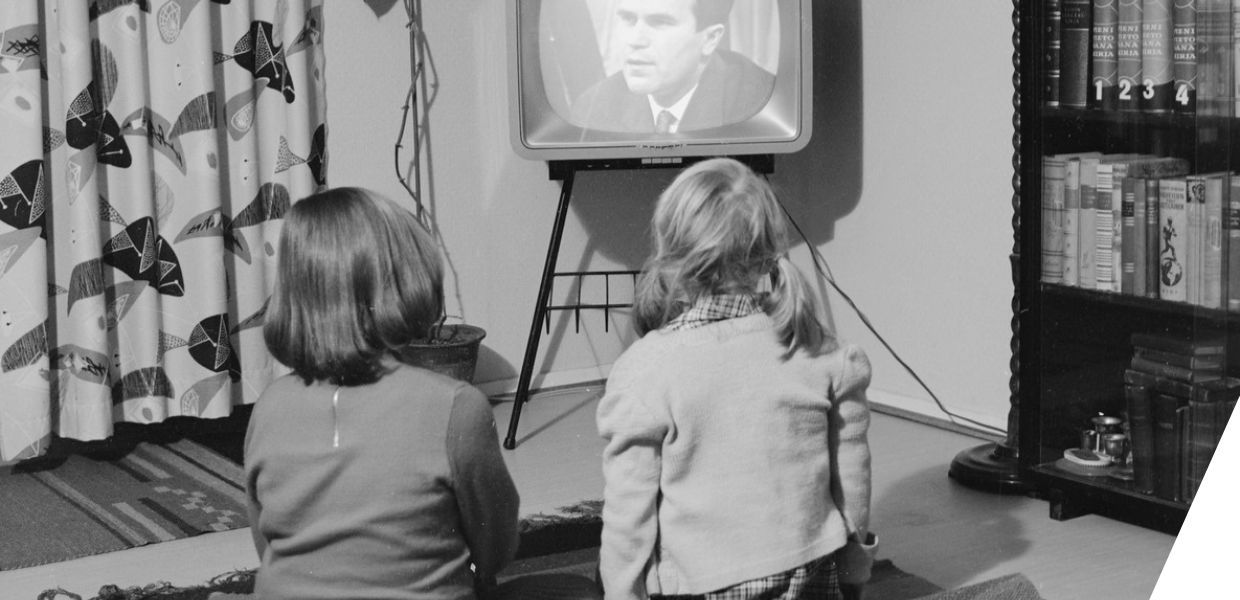About the Watching Videos Like a Historian project
Creating and consuming media has become increasingly accessible. However, media often lacks clarity about its creators, purposes and credibility, while trust in traditional media and knowledge institutions has declined. By understanding their role in the media landscape and how audiovisual materials are produced, individuals can form informed opinions, engage in meaningful discussions and make better choices.
The Watching Videos like a Historian project (WVLH) seeks to empower history and citizenship educators to use audiovisual resources in their classrooms and help students to better understand the correlation between audiovisual productions and the world we live in. To that end, the project is developing a toolkit to be launched at the beginning of 2025 (with a pilot version available in October 2024).
The toolkit is being developed by history teachers working in formal education across Europe. It will emphasise source criticism and the ethical dimensions of history, and offer teaching strategies, learning scenarios, e-Learning activities and audiovisual galleries full of ready-to-use material. The main goal of the toolkit is to help teachers to support students' media literacy through developing their awareness of diverse viewpoints, critical views of historical sources and interpretation of audiovisual productions.
Developing the toolkit with teachers: our learnings
As part of the WVLH project, we at the Netherlands Institute for Sound & Vision, together with Emiel van der Hart, a Dutch history teacher and one of the toolkit authors, organised a Train the Trainer session for history teachers.
During this session, participants learned more about the toolkit and gave their input into the resources it is developing. We began the training session by explaining the purpose of the WVLH project and the ideas underlying the toolkit. Next, we delved into the different components of the toolkit, such as a learning scenario by Emiel around the movie 300, focusing on questions like: 'What film techniques were used to convey a particular effect?' Finally, we discussed how participants could use the materials from the toolkit and Historiana (a platform offering free historical content, ready to use learning activities, and innovative digital tools for history educators across Europe) to incorporate audiovisual material into their lessons, and how the toolkit could be improved.
The sessions provided valuable insights into the needs of teachers, and we also had several learnings about how to approach such sessions with educators, so that they, and we as the organisers, could get the most out of it.
Finding a suitable time and keeping track of the invitation helps to increase the participation of teachers.
One of the first lessons we learned was the necessity to adapt our agenda to the Dutch school calendar. June is a challenging month for teachers in the Netherlands as they are busy wrapping up the school year. For this reason, we would choose a different month in the future.
Having a diverse group of participants as well as diverse backgrounds of organisers, helps to share experiences.
A key lesson from our training was the value of having a history teacher with practical experience and specific knowledge of our toolkit present to help the participants. The participant group itself was varied, including both student teachers and experienced educators, which broadened the scope of shared experiences. Sound & Vision, as an audiovisual archive, enriched the collaboration, which we’ll explore further below.
Connecting educators with audiovisual collection holders helps to better understand their specific needs.
During the training, we saw the benefits of collaboration between teachers and audiovisual collection holders. The exchange allowed teachers to access a wider range of resources and enhance their lessons. One teacher’s reaction to an audiovisual fragment about the Cold War highlighted the untapped potential of audiovisual materials in history education. The teacher exclaimed, ‘I wish I knew this existed; I could have used it right away in one of my lessons last week.’ Collaboration provides teachers with better tools for teaching critical source analysis, fostering media literacy among students.
Audiovisual material can make ‘boring’ subjects more engaging and bring history to life, but it requires a cohesive approach and strategy.
Teachers often rely on audiovisual resources to make ‘boring’ subjects more engaging and bring history to life, sparking enthusiasm among students. However, we learned from the participants that they often use audiovisual content in an unstructured way, limiting its impact. The WVLH project aims to show how both teachers and the cultural heritage sector could collectively benefit from a more systematic use of audiovisual content, drawing from the rich materials of cultural heritage institutions.
Next steps
During and after the Train the Trainer session we’ve received great feedback from the participants. They were amazed by the ‘rich amount of source material’ and were open to using the WVLH toolkit in their lessons. We look forward to the upcoming sessions that will be organised by our partners Fundacja Centrum Cyfrowe in Poland and TELEVISIÓ DE CATALUNYA, (TV3, 33 I K3) in Catalonia in the autumn.
Find out more about the project on its webpage, where more information about the toolkit will also be shared when it is published!



